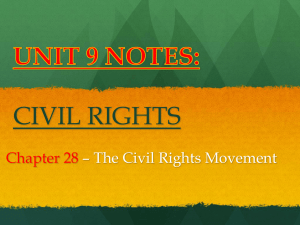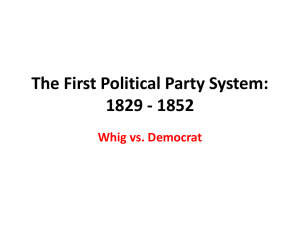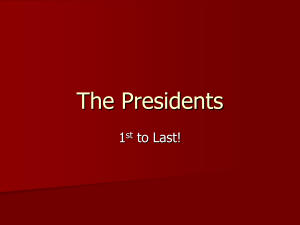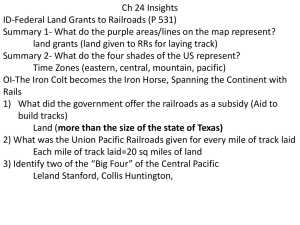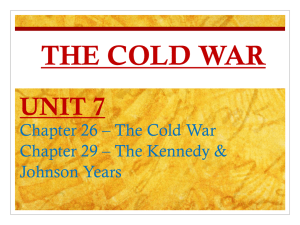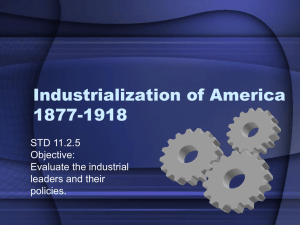LECTURE 01_The Growth of Big Business_ppt
advertisement
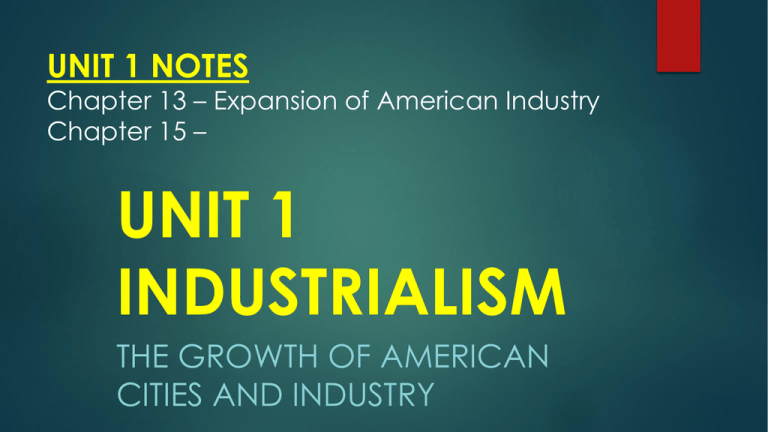
UNIT 1 NOTES Chapter 13 – Expansion of American Industry Chapter 15 – UNIT 1 INDUSTRIALISM THE GROWTH OF AMERICAN CITIES AND INDUSTRY Chapter 13 The Expansion of American Industry (1850–1900) Chapter 13: The Expansion of American Industry (1850–1900) Section 1: A Technological Revolution Section 2: The Growth of Big Business Section 3: Industrialization and Workers Section 4: The Great Strikes Presidents of the United States # 1 - 16 George Washington; Federalist (1788) John Adams; Federalist (1796) Thomas Jefferson (1800) James Madison (1808) James Monroe (1816) John Quincy Adams (1824) Andrew Jackson; Democrat (1828) Martin Van Buren; Democrat (1836) William Henry Harrison; Whig (1840) John Tyler; Whig (1841) James K. Polk; Democrat (1844) Zachary Taylor; Whig (1848) Millard Fillmore; Whig (1850) Franklin Pierce; Democrat (1852) James Buchanan; Democrat (1856) Abraham Lincoln; Republican (1860) #21 - … Andrew Johnson; Democrat (1865) Ulysses S. Grant; Republican (1868) Rutherford B. Hayes; Republican (1876) James Garfield; Republican (1880) Chester A. Arthur; Republican (1881) Grover Cleveland; Democrat (1884) Benjamin Harrison; Republican (1888) Grover Cleveland; Democrat (1892) CORE OBJECTIVE: Explain the changes in late 1800’s urban life relating to Immigration, Industrialization, and Politics in the Gilded Age. Objective 1.1: How did advances in electric power and communication affect people and business in this era? Objective 1.2: Why were industrialists of the era called both “Captains of Industry” and “Robber Barons”? Objective 1.3: How did industrialization impact the growing work force between 1880 and 1900? Objective 1.4: In what ways did government reform the spoils system and regulate railroads? THEME: American Industry will grow with positive and negative consequences CHAPTER 13 SECTION 1 – A TECHNOLOGICAL REVOLUTION TECHNOLOGY CHANGE AND THE INVENTORS WHO ACCOMPLISHED IT How Do Inventions Change Business? No indoor electric lights No refrigeration Between 1860 and 1890 the government issued almost 500,000 patents – licenses that gave an inventor the exclusive right to use an invention. In 1860, most mail from the East Coast took ten days to reach the Midwest and three weeks to get to the West Coast. Patents were issued for inventions such as the typewriter and the telephone. Inventions & technology increase productivity – amount of goods and services created in a given period of time. INVENTORS! Edwin L. Drake Struck oil in Pennsylvania in 1859. New uses for oil grew rapidly and oil became a big business. Thomas A. Edison An inventor who experimented with electric light. Developed a workable light bulb using direct current. George Westinghouse Experimented with a form of electricity called alternating current, which was less expensive and more practical than direct current, which Edison had used. By using a transformer, he uses power stations to bring electricity to homes. COMMUNICATION INVENTIONS Develops Morse Code in 1844 Patents the telephone in 1876 Sends messages over wires using electric pulses First telephone network installed in 1878 Creates AT&T in 1885 By 1870, Western Union has transmitted over 9 million messages STEEL & RAILROADS In 1856, Henry Bessemer received the first patent for the Bessemer process, which made steel production easier and less expensive. The Bessemer process made possible the mass production, or production in great amounts, of steel. On May 10, 1869, the transcontinental railroad, extending from coast to coast, was finished. Finished at Promontory Point, Utah & encouraged westward movement Railroads played a key role in revolutionizing business in the United States in several key ways. Provided a faster means of transporting goods. Lowered the costs of production & created national markets Provided a model (management structure) for big business. THE GROWTH OF BIG BUSINESS CHAPTER 13 SECTION 2 How did Businesses Grow? What is capital? Horizontal Consolidation Vertical Consolidation Coke fields purchased by Carnegie Iron ore deposits purchased by Carnegie Steel mills purchased by Carnegie Ships purchased by Carnegie Railroads purchased by Carnegie BUSINESS TYCOONS “Robber Barons” Business leaders built their fortunes by stealing from the public. They drained the country of its natural resources. They persuaded public officials to interpret laws in their favor. They ruthlessly drove their competitors to ruin. They paid their workers meager wages and forced them to toil under dangerous and unhealthful conditions. “Captains of Industry” The business leaders served their nation in a positive way. They created jobs that enabled many Americans to buy new goods and raise their standard of living. They also created museums, libraries, and universities, many of which still serve the public today. BUSINESS PHILOSOPHY Andrew Carnegie Steel tycoon He preached the “gospel of wealth” Make as much money as possible, then give it away Gave away 80% of his fortune According to Charles Darwin all animal life had evolved by “natural selection,” a process in which only the fittest survived to reproduce. Social Darwinism applied Darwin’s theory to society as a whole. Social Darwinism (John D. Rockefeller) Charles Darwin published his theory of evolution in 1859 Society evolves through “natural selection” It held that society and government should not interfere with relations between workers and employers and should stay out of affairs of business. A business philosophy called “Social Darwinism” began Government should stay out of affairs of business and the fittest would succeed Society as a whole would benefit from the success of the fit and the weeding out of the unfit. Most Americans believed that government should not interfere with private businesses. As a result, the government neither taxed profits nor regulated their relations with workers. NEW BUSINESS STRUCTURES John D. Rockefeller created Standard Oil Trust in 1882 This was in response to government ban on monopolies A trust is when a group of separate companies are placed under the control of a managing company The “trust" was a corporation of corporations Companies turned their financial assets over to the trust Nine trustees, including Rockefeller, ran the 41 companies in the trust Congress passes the Sherman Anti-Trust Act in 1890 Outlawed any combination of companies that hurt interstate commerce (business) AN INDUSTRIAL OVERVIEW The Industrial Economy– CRASH COURSE http://www.youtube.com/watch?v=r6tRpzRUJs&list=PL8dPuuaLjXtMwmepBjTSG593eG7ObzO7s&index=24
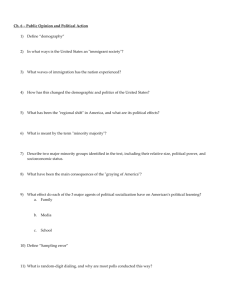
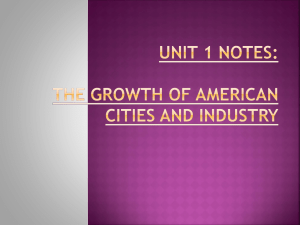
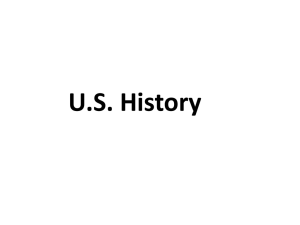
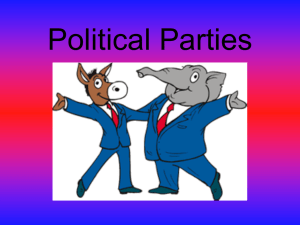
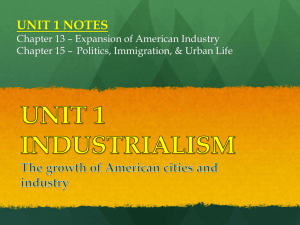


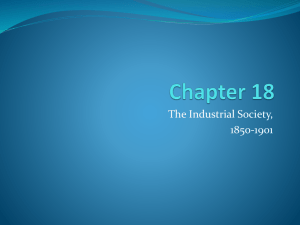
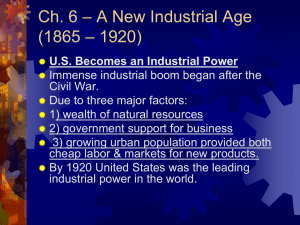
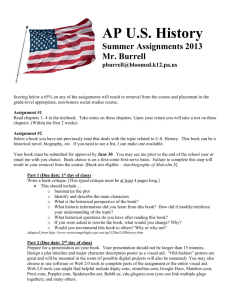
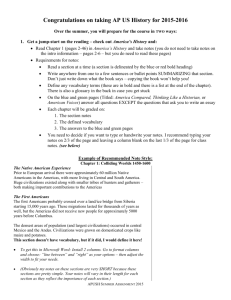
![men_who_built_america[1]](http://s2.studylib.net/store/data/005219845_1-7979604da89ac700f7913bb56611cc41-300x300.png)
